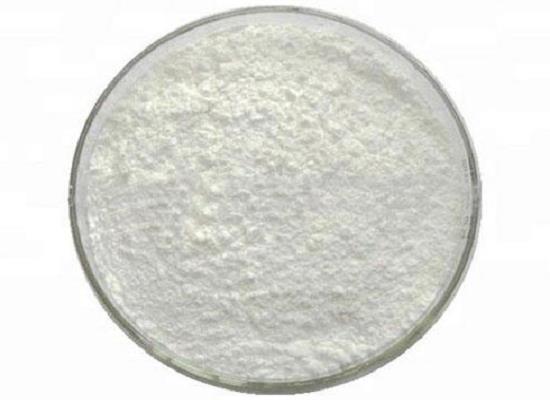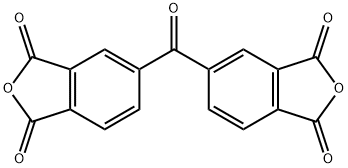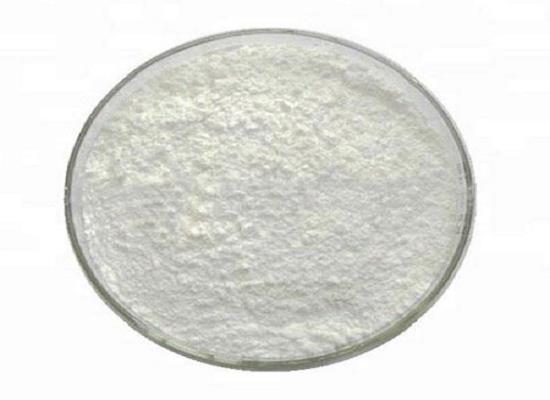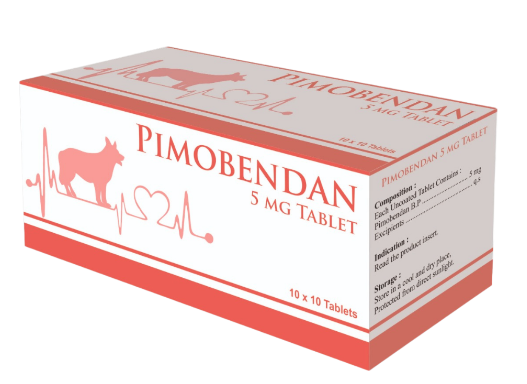3,3',4,4'-Benzophenonetetracarboxylic dianhydride: Applications in production of polyimide films and Toxicological data
General Description
3,3',4,4'-Benzophenonetetracarboxylic dianhydride is a key component in the production of highly reflective and conductive double-surface-silvered polyimide films, as well as ultramicroporous polyimide films for molecular sieving applications. These films demonstrate excellent reflectivity, conductivity, and separation performance for VOC molecules. Toxicological data shows that 3,3',4,4'-Benzophenonetetracarboxylic dianhydride did not induce genotoxic effects in various tests, indicating its safety for use. Overall, 3,3',4,4'-Benzophenonetetracarboxylic dianhydride enables the creation of high-quality films for electronic devices, solar cells, and membranes for environmental protection, with no significant genotoxicity concerns based on comprehensive assessments.

Figure 1. 3,3',4,4'-Benzophenonetetracarboxylic dianhydride
Applications in production of polyimide films
Highly reflective and conductive double-surface-silvered polyimide films
3,3',4,4'-Benzophenonetetracarboxylic dianhydride is a key component in the production of highly reflective and conductive double-surface-silvered polyimide films. A work demonstrates the use of a direct ion-exchange self-metallization technique using silver fluoride as the silver precursor to create a metallized polyimide matrix. The method involves an ion-exchange reaction of damp-dry poly(amic acid) films in silver aqueous solution, which forms a silver(I)-containing precursor film. Thermal treatment under tension converts the poly(amic acid) into polyimide and simultaneously reduces the silver(I) to silver(0), resulting in silver layers with excellent reflectivity and conductivity on both film sides. However, the properties of the upside and underside surfaces of the metallized films differ significantly, which has been discussed in detail. The mechanical and thermal properties of the metallized polyimide films with 3,3',4,4'-Benzophenonetetracarboxylic dianhydride are essentially similar to those of the host polyimide. 3,3',4,4'-Benzophenonetetracarboxylic dianhydride can be used to produce high-quality, reflective and conductive films for various applications, such as in electronic devices, solar cells, and optical components. 1
Ultramicroporous polyimides films
3,3',4,4'-Benzophenonetetracarboxylic dianhydride is a key component in the synthesis of ultramicroporous polyimides for the molecular sieving of nitrogen over VOC molecules. These polyimides with 3,3',4,4'-Benzophenonetetracarboxylic dianhydride, characterized by network structures and ultramicroporosity, form composite membranes that exhibit outstanding separation performance for the separation of nitrogen over VOCs. The rejection rate of VOCs such as cyclohexane is higher than 99%, with a permeability of approximately 2000∼2600 Barrer under a temperature of 25 °C and feed concentration of 30,000 ± 2000 ppm. X-ray photoelectron spectroscopy and Brunner-Emmet-Teller analysis validate the formation of the network structure and ultramicroporosity in these polyimides. The Trip-BTDA-PI membrane shows good stability over time, making it an effective solution for controlling the emission of VOCs in waste streams. The use of this membrane with 3,3',4,4'-Benzophenonetetracarboxylic dianhydride can help to reduce the impact of VOCs on the environment and improve the overall sustainability of industrial processes. 2
Toxicological data
3,3',4,4'-Benzophenonetetracarboxylic dianhydride has been subjected to a comprehensive battery of genotoxicity tests to evaluate its potential toxicity. The bacterial gene mutation assay (Ames test), in vitro mammalian cell gene mutation test, in vitro mammalian chromosomal aberration test, and in vivo mammalian erythrocyte micronucleus test were conducted to assess its genotoxic properties. Results from the genotoxicity tests indicate that 3,3',4,4'-Benzophenonetetracarboxylic dianhydridedid not induce gene mutations in bacteria or mammalian cells, nor did it cause chromosomal aberrations in human peripheral blood lymphocytes under short-term exposure conditions. However, extended exposure to 3,3',4,4'-Benzophenonetetracarboxylic dianhydride without metabolic activation showed a slight increase in cells with structural chromosomal aberrations. In the in vivo erythrocyte micronucleus test, 3,3',4,4'-Benzophenonetetracarboxylic dianhydride did not induce the formation of micronuclei in mouse cells. Furthermore, an analysis of 3,3',4,4'-Benzophenonetetracarboxylic dianhydride impurities and reaction products did not raise concerns for genotoxicity, with no alerts identified for genotoxic carcinogenicity. Overall, based on the comprehensive genotoxicity assessments, the substance and its impurities and reaction products do not present significant genotoxicity concerns. These findings provide valuable insights into the toxicological data of 3,3',4,4'-Benzophenonetetracarboxylic dianhydride and support its safe use within specified guidelines. 3
Reference
1. Qi S, Wu Z, Wu D, Wang W, Jin R. Highly reflective and conductive double-surface-silvered polyimide films prepared from silver fluoride and BTDA/4,4'-ODA. Langmuir. 2007;23(9):4878-4885.
2. Zhang C, Gao X, Qin J, Guo Q, Zhou H, Jin W. Microporous polyimide VOC-rejective membrane for the separation of nitrogen/VOC mixture. J Hazard Mater. 2021;402:123817.
3. EFSA Panel on Food Contact Materials, Enzymes and Processing Aids (CEP), Silano V, Barat Baviera JM, et al. Safety assessment of the substance benzophenone-3,3',4,4'-tetracarboxylic dianhydride, for use in food contact materials. EFSA J. 2020;18(7):e06183.
You may like
Related articles And Qustion
See also
Lastest Price from 3,3',4,4'-Benzophenonetetracarboxylic dianhydride manufacturers

US $0.00-0.00/KG2025-12-23
- CAS:
- 2421-28-5
- Min. Order:
- 1KG
- Purity:
- 0.99
- Supply Ability:
- 10 tons

US $0.00-0.00/kg2025-10-27
- CAS:
- 2421-28-5
- Min. Order:
- 1kg
- Purity:
- ≥98%&99%&99.5%&99.8%
- Supply Ability:
- 30TM



